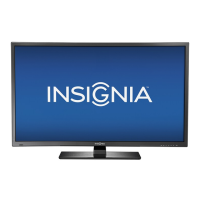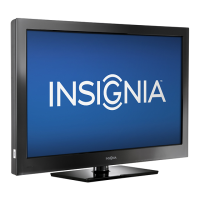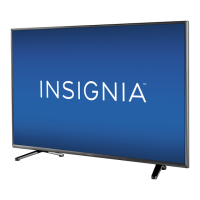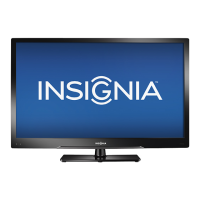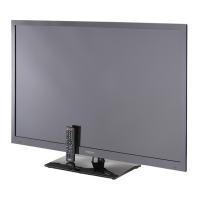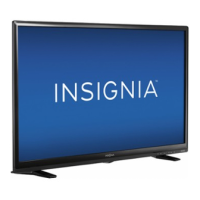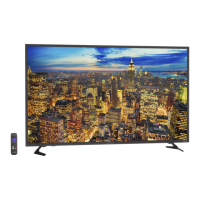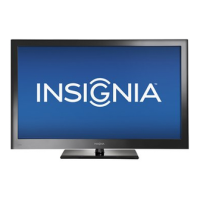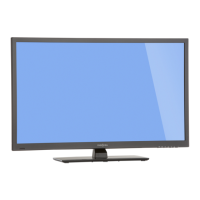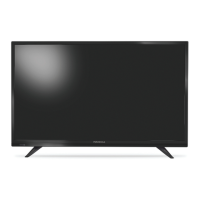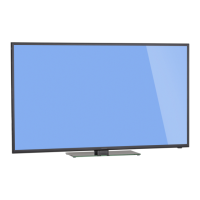How to fix Insignia NS-40D40SNA14 TV remote control not working?
- JJoshua BradyAug 23, 2025
If the Insignia TV remote control isn't working, ensure the power cord is properly connected to both the TV and the power outlet. Check for any obstructions between the remote and the TV's sensor. Point the remote directly at the sensor. Remove any plastic wrapping from the batteries and ensure they are correctly installed. If needed, replace the old batteries with new ones.
